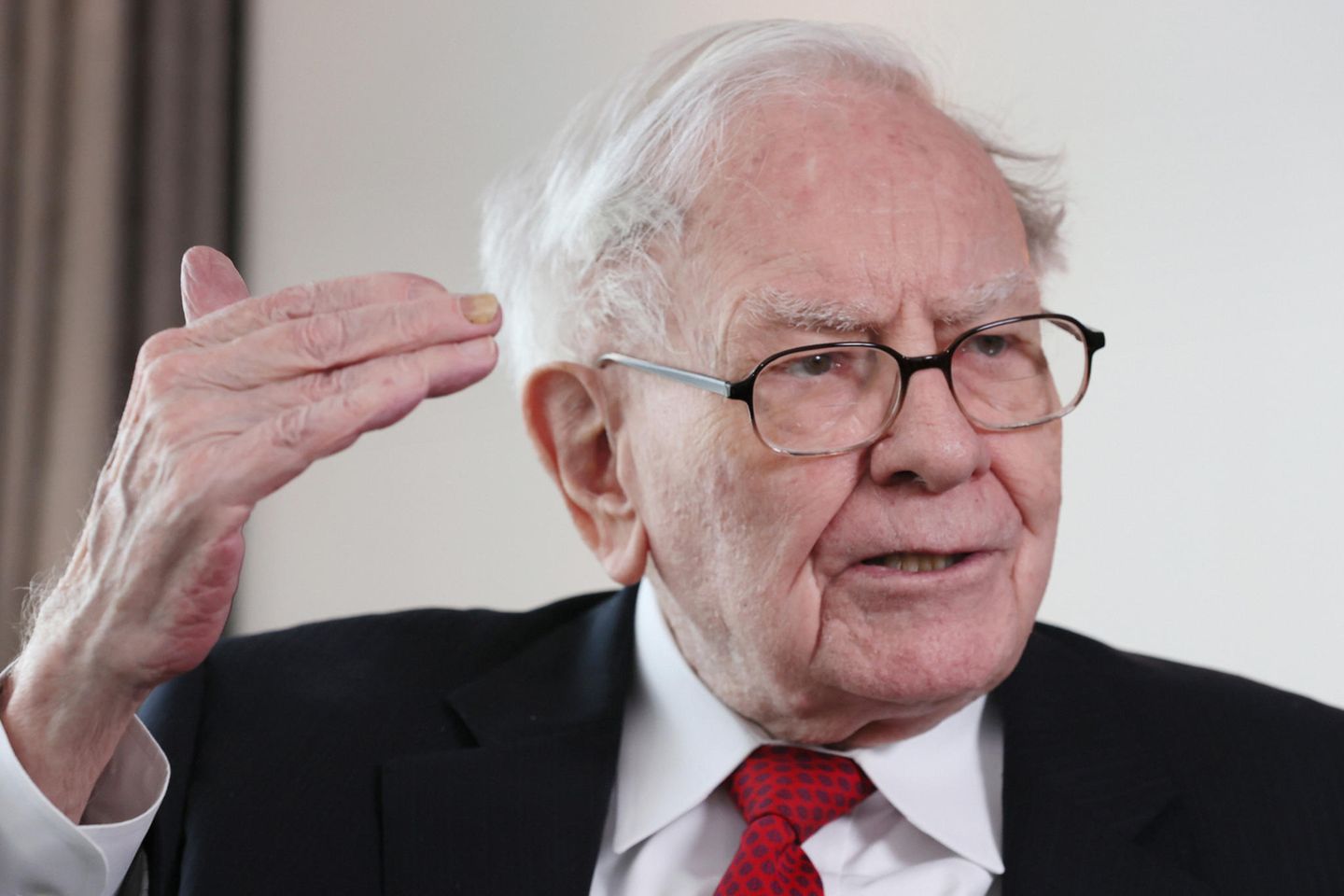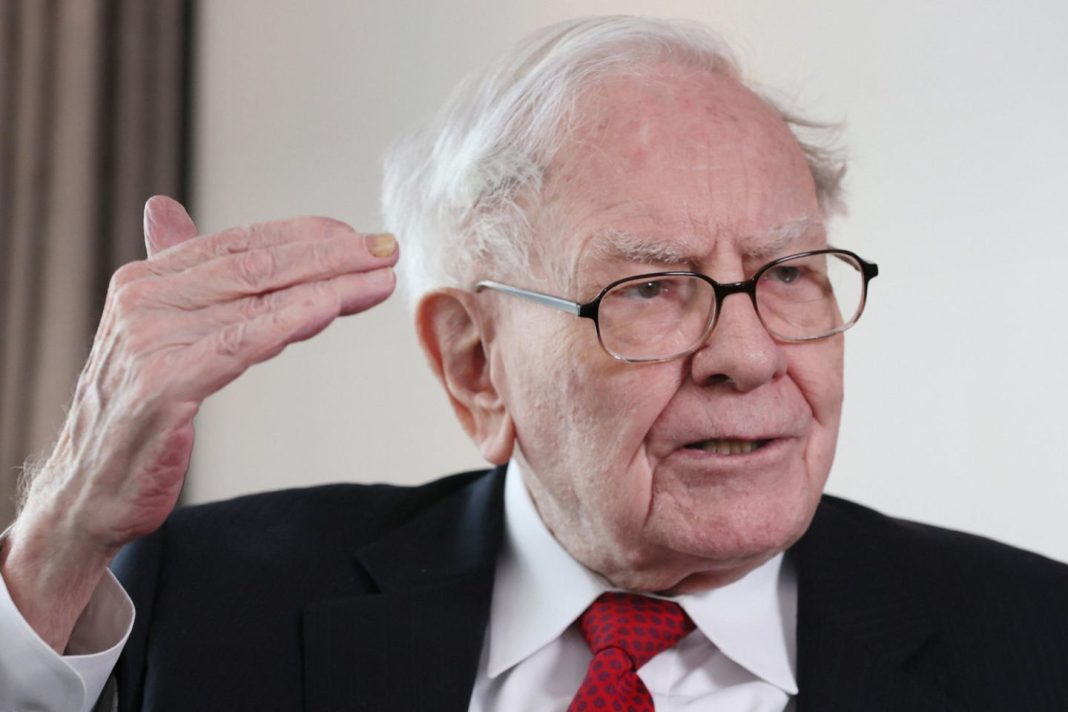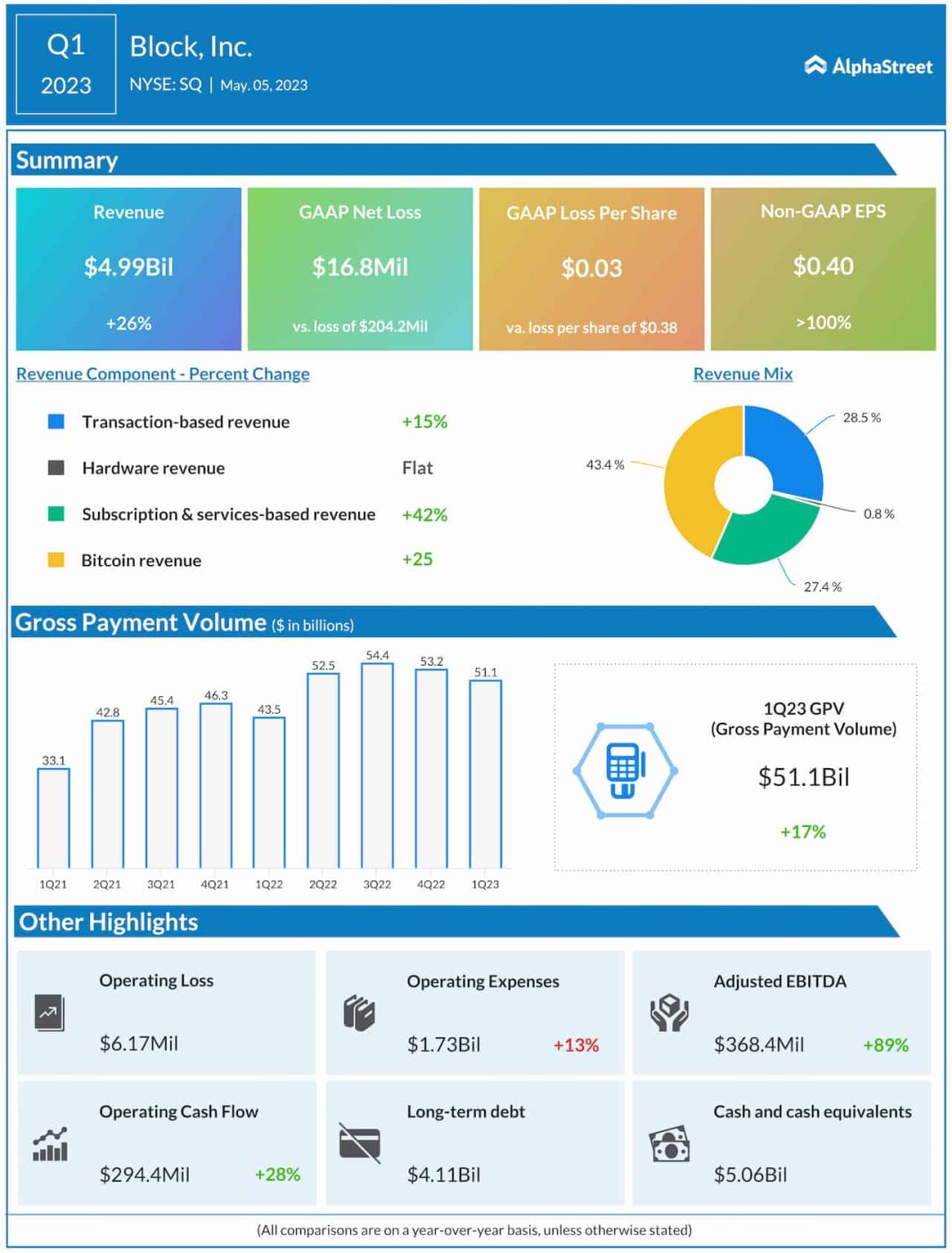 Warren Buffett, the legendary investor and CEO of Berkshire Hathaway, has predicted that the company’s cash reserves will reach $200 billion by 2024. Currently, the company holds a record $189 billion in cash. While Buffett expressed a desire to spend the money, he stated that he would only do so if there was a low-risk opportunity with high potential returns. This has led many to wonder what opportunities Buffett is waiting for.
Warren Buffett, the legendary investor and CEO of Berkshire Hathaway, has predicted that the company’s cash reserves will reach $200 billion by 2024. Currently, the company holds a record $189 billion in cash. While Buffett expressed a desire to spend the money, he stated that he would only do so if there was a low-risk opportunity with high potential returns. This has led many to wonder what opportunities Buffett is waiting for.
Bill Smead, CEO of Smead Capital Management, commented on Buffett’s cautious stance, saying that he is as bearish as ever on the stock market. Smead believes that unless Buffett has the chance to buy an entire company or there is a major market sell-off of 30 percent or more, he is unlikely to use these funds.
Buffett’s track record of market predictions is well-known. After the burst of the dot-com bubble in 2000, he made several high-profile acquisitions, including increasing his holdings in American Express and completing multiple acquisitions totaling about $8 billion. During the three years following the dot-com bubble burst, while the Nasdaq index plummeted by nearly 80 percent, Berkshire Hathaway’s market value grew by about 30 percent, outperforming the broader market.
Currently, the U.S. stock market is dominated by seven high-tech companies known as the “Magnificent 7 (M7)” – Microsoft, Apple, NVIDIA, Alphabet, Amazon, Meta, and Tesla. These companies have seen incredible growth, leading some to draw comparisons to the dot-com bubble. U.S. market forecaster Gary Shilling has even warned investors to prepare for a possible recession and a potential 30 percent plunge in the stock market this year.
As of November 2023, the market capitalization of the M7 has increased by about $5 trillion compared to the beginning of the year, reaching $12 trillion. The Nasdaq’s total market capitalization increased by about $6 trillion during the same period, indicating that the performance of these high-tech companies is driving the market. The M7 now accounts for 30 percent of the S&P 500 index, significantly impacting the overall stock market.
This situation has led investors to analyze the similarities between the current market and the dot-com bubble in 2000. During that time, leading tech companies accounted for about 19 percent of the stock market. Given that the current Nasdaq market performance is primarily driven by the M7 high-tech stocks, investors are concerned about a potential bubble.
Looking at historical data, during the growth period of the dot-com bubble, the Federal Reserve raised the policy rate from 4.75 percent to 6.5 percent. Afterward, as the bubble burst, the Fed began cutting rates. Prominent economist David Rosenberg has warned investors that the current market environment looks similar to the pre-dot-com bubble and the 2008 crash. He believes that while AI is real, the market is experiencing a speculative price bubble.
The future direction of the stock market will be influenced by the Federal Reserve’s rate cut schedule and frequency. However, the Fed has yet to provide a clear answer. After a recent policy meeting, the Fed announced that it will slow down quantitative tightening (QT) from June, as expected. QT is a monetary policy where central banks reduce the money supply by decreasing their holdings of financial assets. Fed Chairman Jerome Powell stated that gaining confidence in rate cuts would take longer than expected due to short-term inflation expectations.
Since March 2022, the Fed has raised rates 11 times, with a cumulative increase of 525 basis points. Currently, interest rates are at their highest level in 22 years and have been maintained for about 10 months. The market had anticipated three rate cuts in 2024, but these have been delayed multiple times. The timing of rate cuts and their impact on AI stock prices are questions that investors are closely watching.


